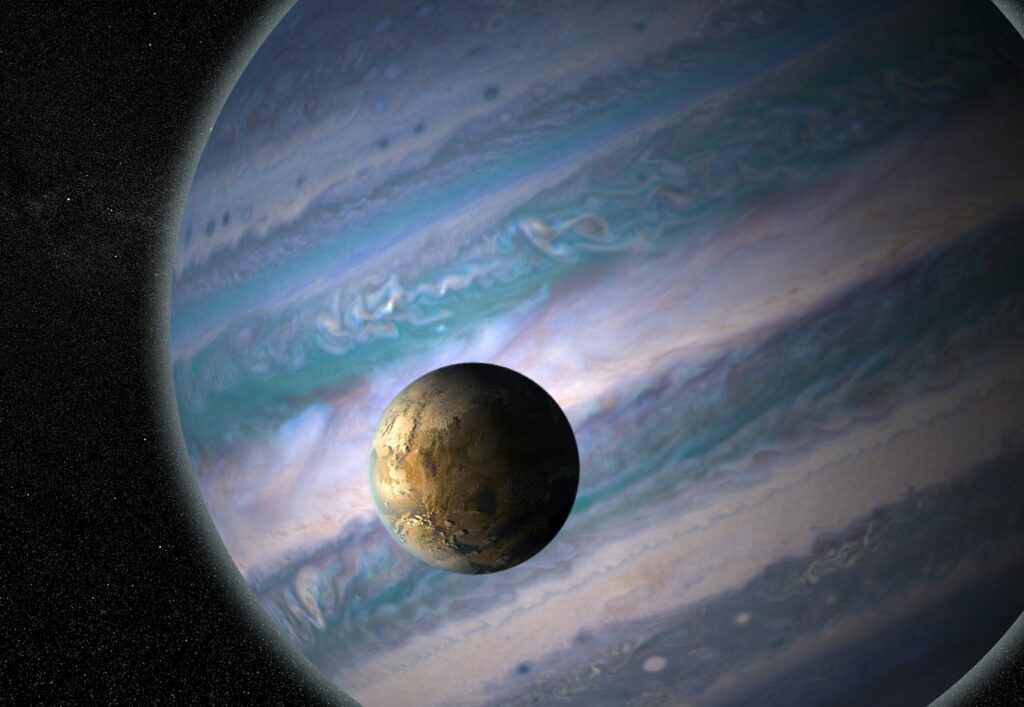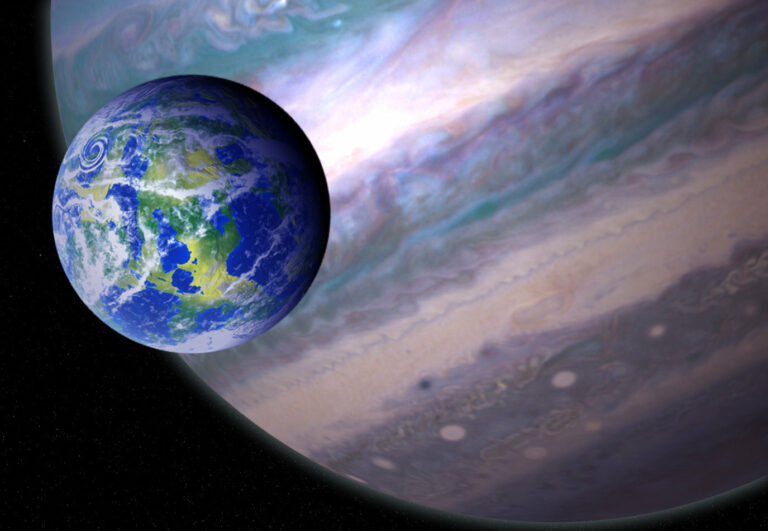Identification of 121 Giant Planets Potentially Hosting Habitable Moons by Researchers
The search for life beyond Earth has expanded beyond just planets to include moons as well. In a recent publication in The Astrophysical Journal, researchers from the University of California, Riverside and the University of Southern Queensland have discovered over 100 giant planets that may have moons capable of supporting life. This discovery will play a crucial role in the development of future telescopes that can detect these potential moons and search for signs of life in their atmospheres, known as biosignatures.
Since the launch of NASA’s Kepler telescope in 2009, scientists have been able to identify numerous exoplanets, which are planets outside of our solar system. The main objective of the Kepler mission is to locate planets within the habitable zones of their respective stars, where conditions are suitable for liquid water and potentially life to exist.While terrestrial planets are of great interest in the search for life due to their similarities to Earth, gas giants have also become a focus. Although these Jupiter-like planets themselves are not suitable for life, they may have rocky moons, known as exomoons, within their habitable zones that could potentially sustain life.

Stephen Kane, an associate professor of planetary astrophysics and a member of the UCR’s Alternative Earths Astrobiology Center, stated that there are currently 175 known moons orbiting the eight planets in our solar system. While the majority of these moons orbit Saturn and Jupiter, which are located outside the Sun’s habitable zone, this may not be the case in other solar systems. Including rocky exomoons in our search for life in space will significantly broaden the range of places we can explore.The researchers have identified 121 giant planets that have orbits within the habitable zones of their stars. These gaseous planets, which are more than three times the size of Earth, are less common than terrestrial planets but are expected to have multiple large moons.
Scientists have theorized that exomoons could potentially provide a more favorable environment for life compared to Earth. This is because they receive energy not only from their star but also from the radiation reflected by their planet. However, no exomoons have been confirmed thus far.With the creation of a database containing the known giant planets in the habitable zone of their star, observations will be conducted on the most promising candidates for hosting potential exomoons. These observations will help refine our understanding of the expected properties of exomoons. Furthermore, follow-up studies will contribute to the development of future telescope designs that can detect these moons, study their characteristics, and search for signs of life. Michelle Hill, an undergraduate student at the University of Southern Queensland who is collaborating with Kane and will be joining UCR’s graduate program in the fall, emphasized the importance of these studies.
This article is republished from PhysORG under a Creative Commons license. Read the original article.
Do not forget to share your opinion with us to provide you with the best posts !




0 Comments